FOR THE SERVICE OF WINE
Where can aromas like vanilla, roasted almonds, hazelnuts, coconut, cloves, bitter citrus and smoke come from in a grape drink? How can two Cabernet Francs from the same area and vintage be at once lightly fruity and strongly tannic, large-bodied? In today’s high-tech barrel use, the most important thing that happens with a barrel – after having selected the raw material – is toasting.
Some of the components of oak are primarily responsible for the aromas produced in the barrel by heat. Hemi-cellulose, which consists of various wood sugars (xylose, mannose, rhamnose, glucose…) is easily decomposed by heat, gives the most aroma (caramel, almond, walnut, butter….) and lignin, which is sweet and spicy under low heat, aromas, especially vanilla.
In toasting of variable strength and duration these constituents give different flavours. This chemical process can be well controlled by experienced coopers with controlled toasting. By measuring the temperature of the oak on fire, controlling the intensity of the heat, the duration of the toasting, the desired aromas can be controlled.
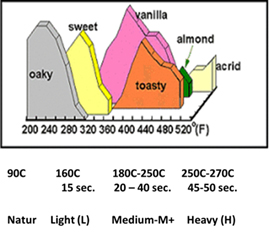
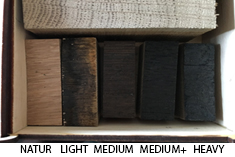
Combinations of barrels of different sizes, the wood used as the raw material, and the degree of burning only act as an instrument, but many other factors are still needed to sound the symphony. It is the winemaker’s job to select a maturation strategy appropriate to the particular terroir, grape variety, vintage, toast, etc… It is the winemaker’s job to select a maturation strategy that meets market needs.
TOAST LEVELS:
Light toasting:
Due to the light toasting at 90-180 C for 20 minutes and since the burning does not reach the deeper layers of the staves a lot of tannins remain in the wood, and the wines in it will be more astringent and acidic.
 Slightly brown colors and fine vanilla, almond, walnut butter and maple notes in the lightly toasted barrel. (L)
Slightly brown colors and fine vanilla, almond, walnut butter and maple notes in the lightly toasted barrel. (L)
Medium roasted:
Medium roasted (M) oak is roasted at 180-220 ° C for 40 minutes. The coopers swear by it and it is considered as a kind of “Jolly Joker”. It gives less tannins but more flavour and aroma, gives the wine a warmer, sweeter character because the sugar stored in the cells of the wood is more caramelized.
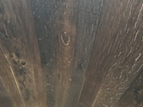 Deep brown colours, vanilla and caramel aromas in medium toasted barrel (M)
Deep brown colours, vanilla and caramel aromas in medium toasted barrel (M)
More heavily fired barrels:
In the case of more heavily fired barrels (M +), these marks only increase, setting more serious expectations for wines as well. A barrel with more characteristic aromas can result in coffee, roasted hazelnuts, caramelized, candied, dried fruit or smoky notes, so it can only be a suitable choice for large vintage grapes from exceptional areas.
 Smoky vanilla, almond, coffee aromas in M + barrel
Smoky vanilla, almond, coffee aromas in M + barrel
Heavily toasted:
Heavily toasted (H) “heavy” barrels can be fired for up to one hour at 280-300 ° C. It is characterized by tobacco, bitter citrus, deep smoke aromas. (H)

All toasting levels can be made in a long process, using a lot of water.
Head toasting can be done for all toast levels!
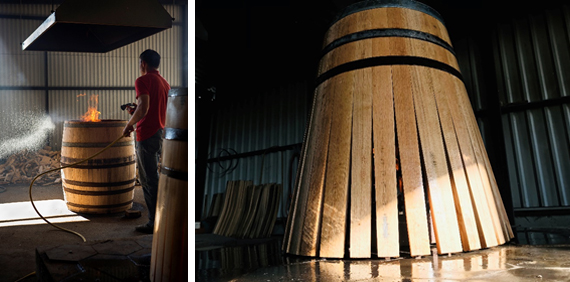
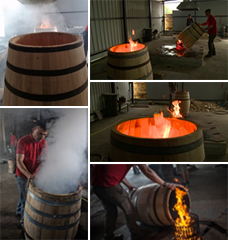
Fotó: Móricz-Sabján Simon

